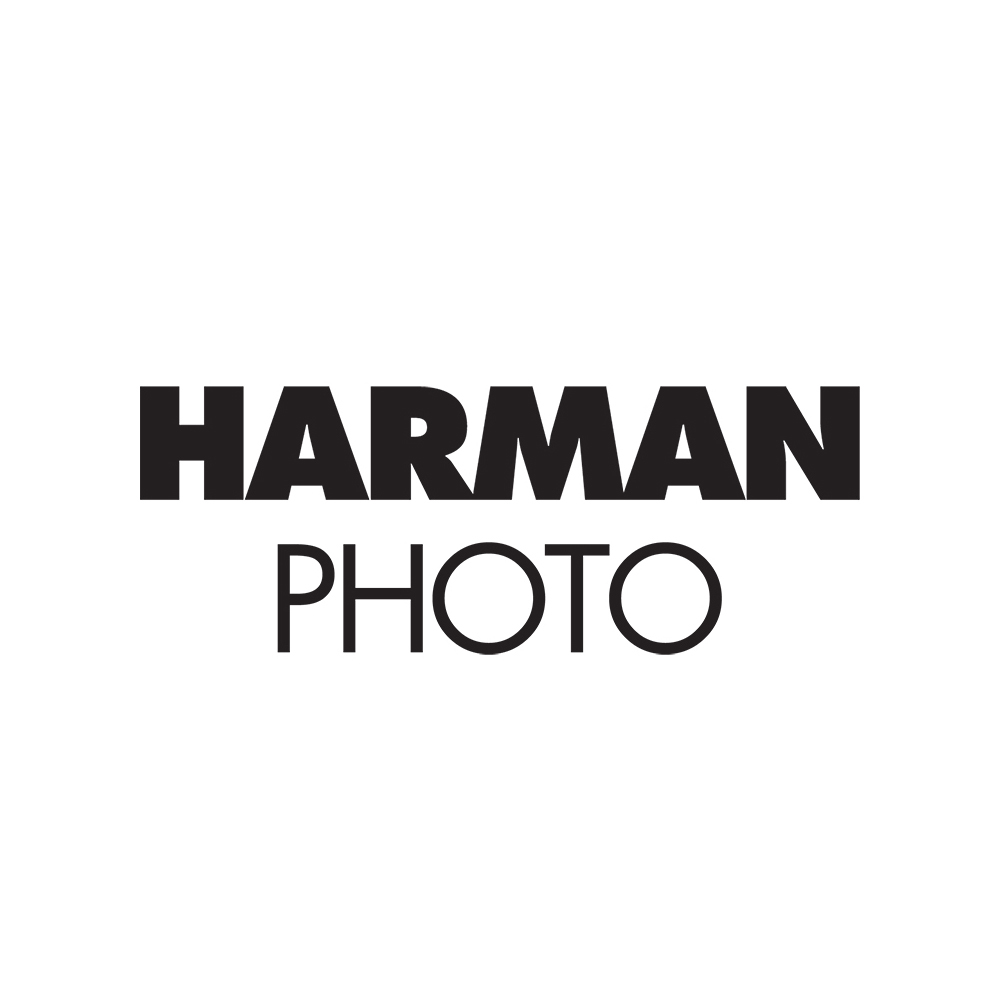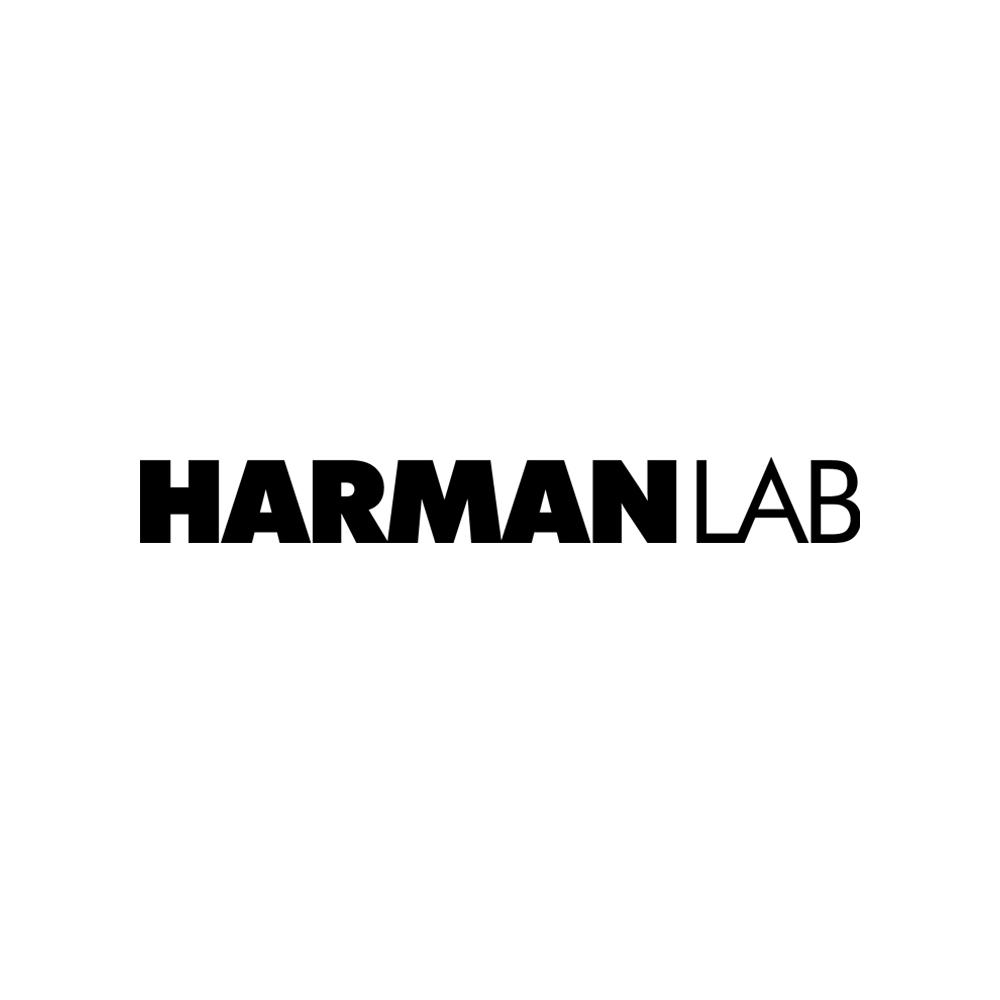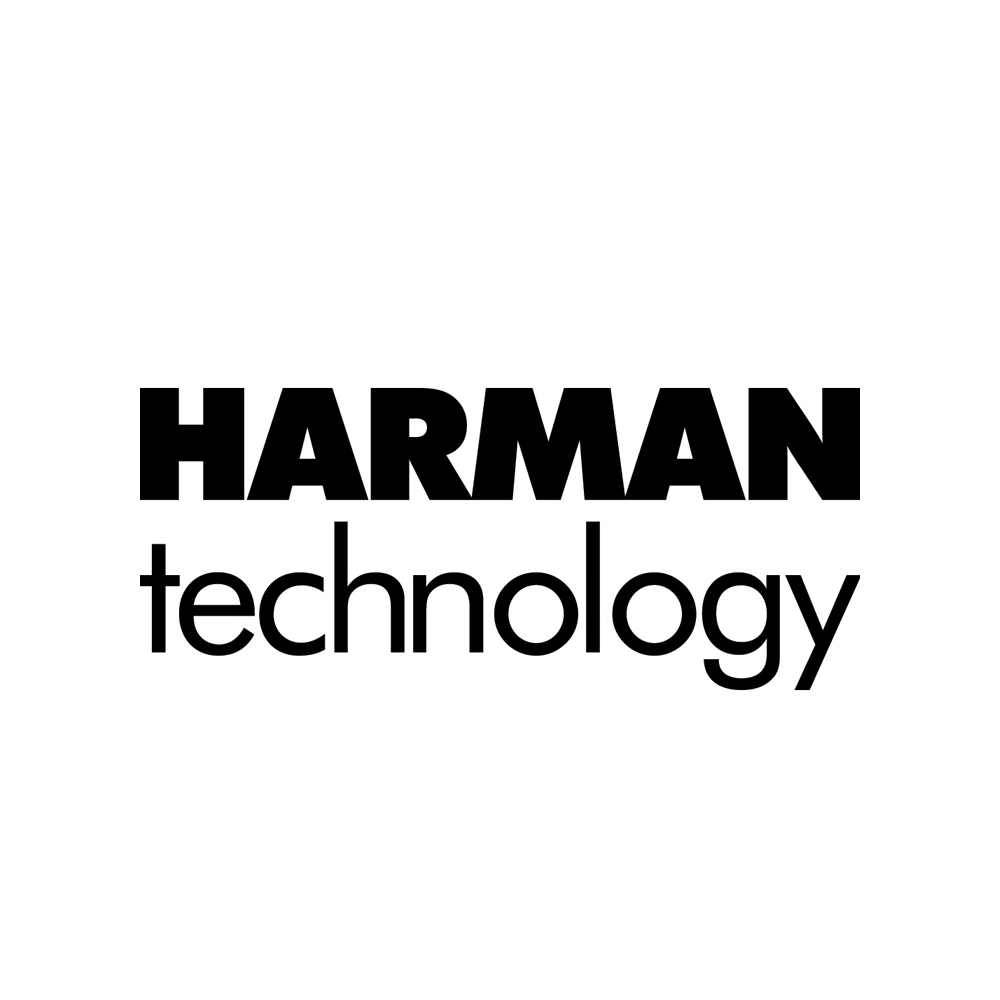Pain and Grain Posted On 19th August 2025 To Magazine & Stories

The excitement is electric
It's a typical Wednesday morning in the tattoo shop I work at. I am trying to stay out of the way but with all three tattoo artists at The Black Veil in Salem, Massachusetts needing the printer behind the desk at the same time, and with me being (also) behind the desk, it's hard to all fit. "I'll just wait over here until you guys are done" I say, and I scoot out of the way to a bigger spot where the floor of the shop opens up into the sitting area. We do the same dance every morning. The tattoo artists need to make stencils with copies of their design so the printer becomes a hot commodity and everyone needs it at the same time. I actually love it because I get to see what brilliant art they drew up and I love seeing the clients face when they see their new tattoo for the first time. The excitement is electric.
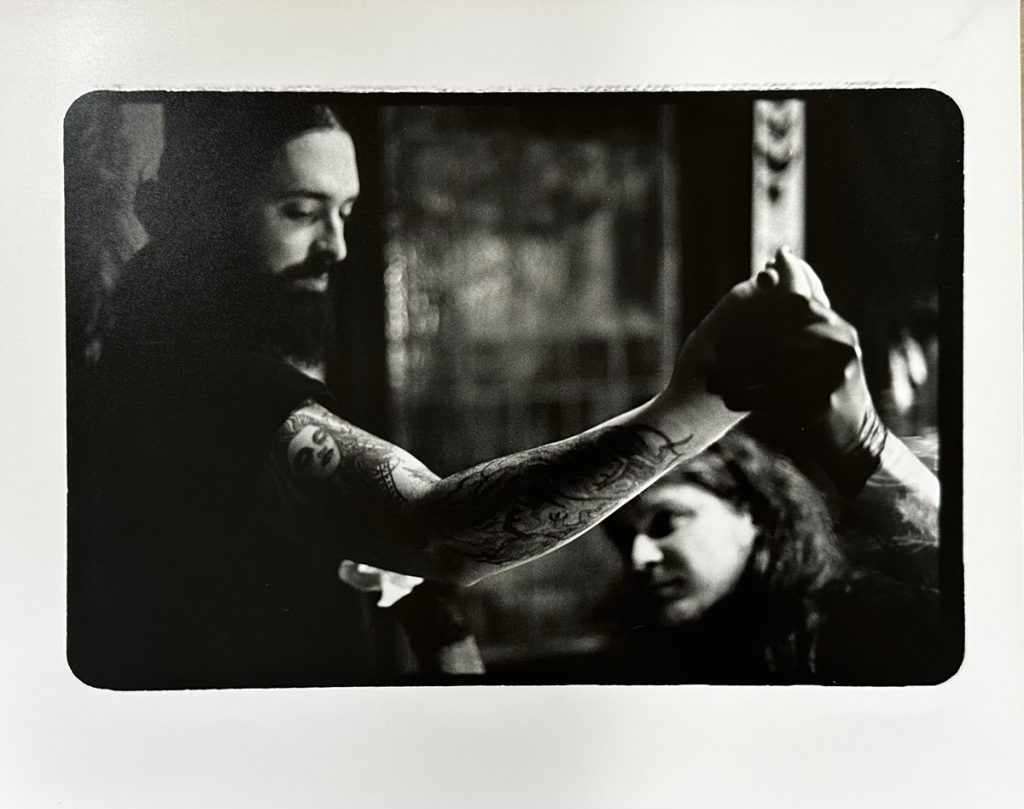
No gain without pain
As with all things though, the excitement is balanced out with some long hours of sitting under the tattoo gun and it can be a test of will and stamina. There is no gain without pain in this situation. It was in the middle of some of these long hours that I devised my next project. After everyone settles in and the stencil is applied to the chosen body part, and the tattoo starts to take shape, there is a quiet concentration that happens between the artist and the person receiving the tattoo. That quiet and the implicit trust that each person has to have in their artist struck me. The shapes start to melt together in the darkness and light of the small room they are in. Shadows are soft and lengthen in the corners but the bright ring light used to illuminate the skin is harsh and sets a boundary of light within working distance.
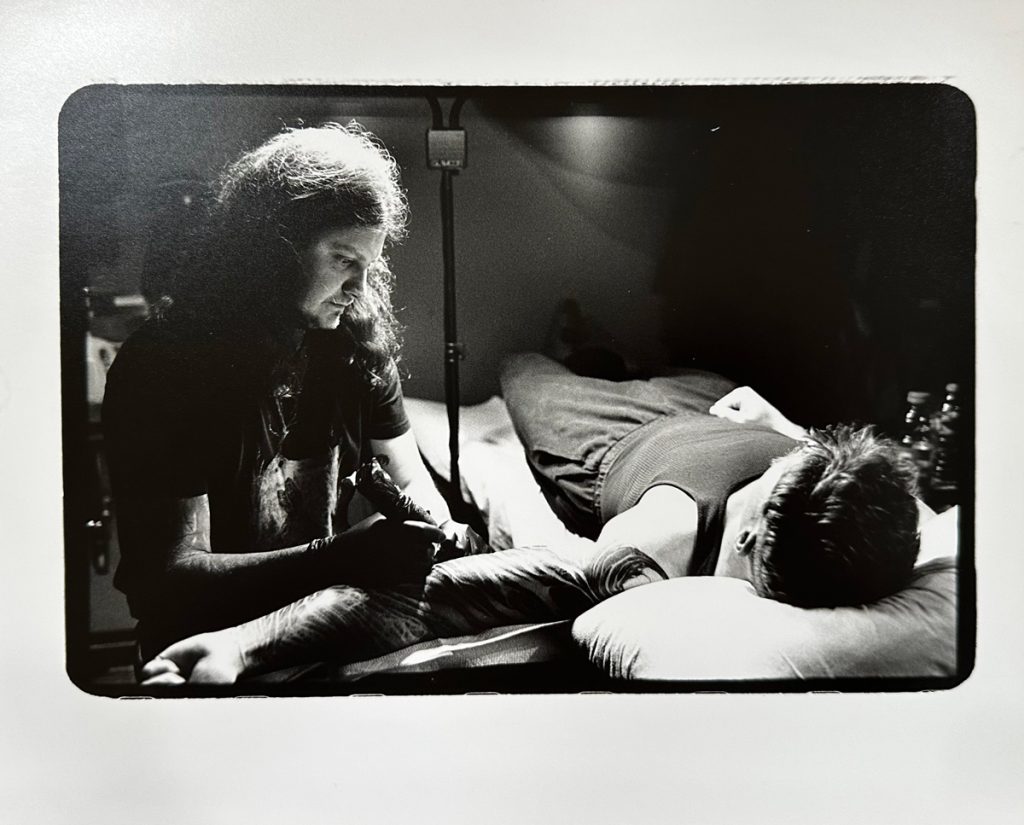
Dance of light and shadow
One day while I was walking past one of the tattoo rooms, I saw this dance of light and shadow represented both in the actual physical light in the room and in how it was mirrored a number of times in the different lights and darks of the design. Here, all aspects are working together. The light and shadow of the tattoo, and the light in the room cast shadows on the bodies stretched out and curled in around each other to get in the perfect position for the tattoo. I then realized that this dynamic of extremes, this light and dark, is specifically reflected in the work of one of the artists who works in the shop.
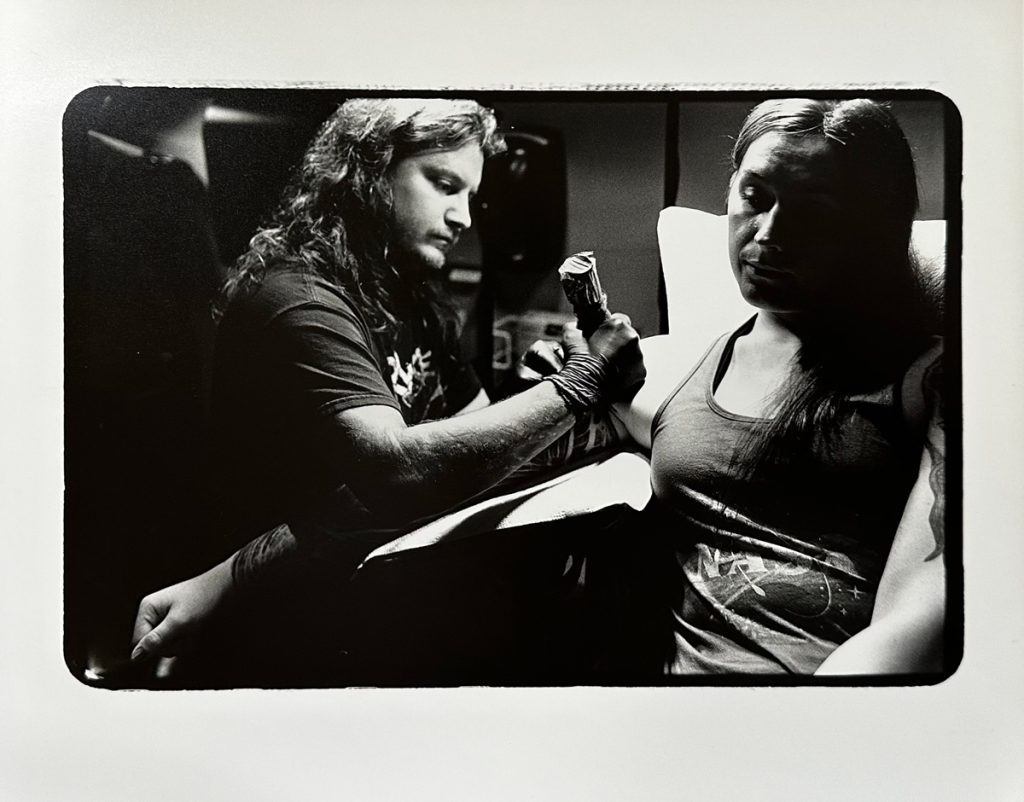
Sergei Titukh
His name is Sergei Titukh and he is a world renowned black and grey (which means only using black ink to tattoo) artist. He is originally from Russia and has been here in Salem, Massachusetts for about 3 years. He travels all over the country tattooing and his designs are hauntingly beautiful. Sergei is known for his beautiful hand drawn (directly on the body) abstract black work that embodies the two extremes of both growth and decay simultaneously.
He uses those same light and dark elements that I was so interested in from a photography perspective in a different way. From one artist to another I realized we had something in common. When I would walk by the room I'd see him bent over his client and the light would hit the shape of the tattoo he was doing as well as the shape of the person stretched out on the table. So I thought what literally every photographer thinks 100 times a day...That would make a great photograph. And that thought was the beginning of my project.
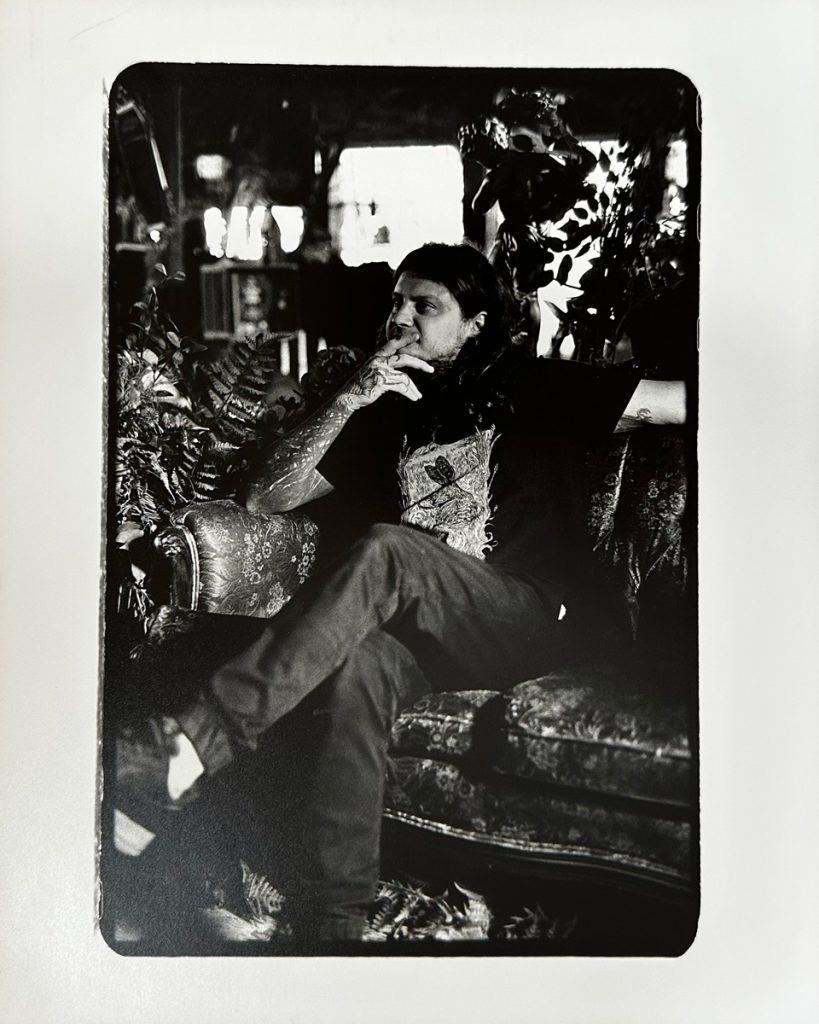
Something I love
In order to take photos of Sergei tattooing, I had to push my ILFORD HP5+ from 400 to 800. That's not a big jump as far as pushing goes but it is enough to create extra grain in the image which is something I love. The basic idea behind pushing your film is, if there is not enough light for your iso (in this case 400) then you have to trick the film into thinking there is enough light by telling your camera you have a 'faster' film. So if i push from 400 to 800 my Nikkormat now thinks that the film in my camera requires less light than it really does and it will meter for the higher iso.
The developer
Then in development, which I do myself at Salem State University where I teach film/darkroom classes, you need to add a couple extra minutes with the developer. So usually with our developer the time for HP5+ is 7.5 minutes. But in this case I added 2.5 minutes and did 10 minutes with the developer. I find that pushed film can also have higher contrast so when you are printing in the darkroom, that can be something you have to work with. In this case, I knew I wanted to print this work so I could see it in person. There is nothing more beautiful than a silver gelatin print. I chose the ILFORD multigrade RC paper with a pearl finish because it gives such amazing depth in the shadows. You almost feel like you could reach in and brush up against something in the print.
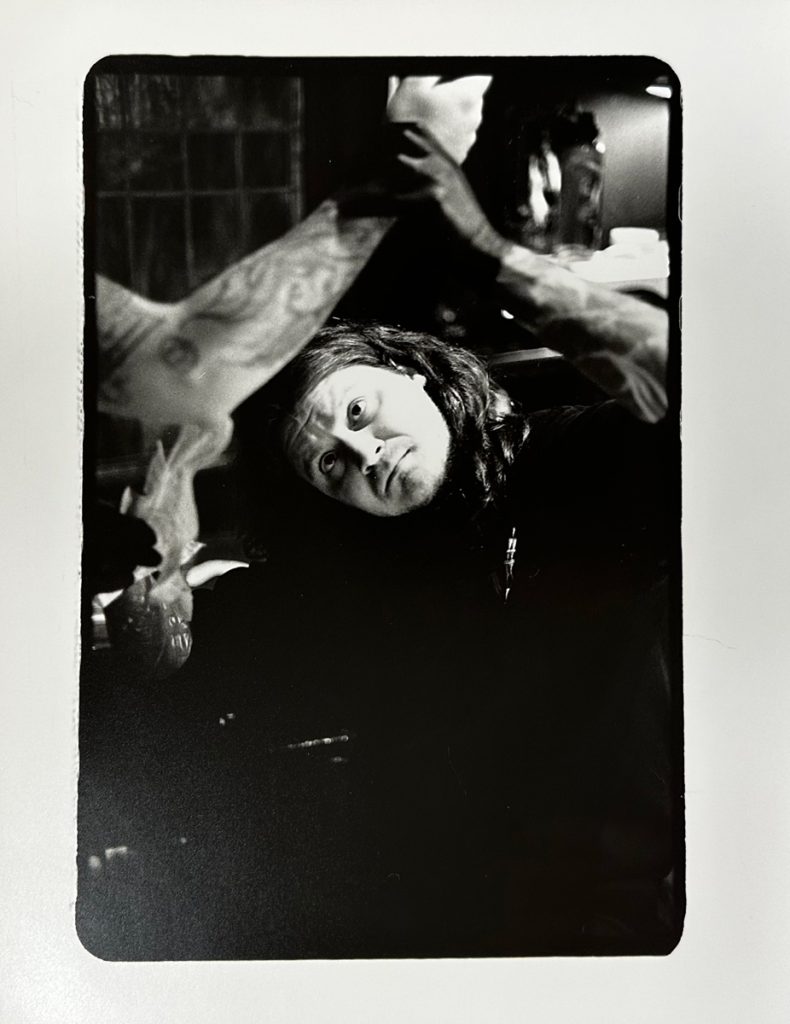
Toasted Marshmallow
I also find that sometimes the film negatives from pushed film can be on the thin side, which makes sense because you are ultimately giving it less light than it needs and so that makes the film thinner. Too much light and negatives can become dense, in which case they need more light to pass through them to make an adequate exposure for a print. When film negatives are thin it means that you don't need to have a ton of light coming from the enlarger, so you have to be careful to play with the f stop and timer to get the exposure right. Too much and it burns the silver and too little and it can be muddy. You need to just gently toast the silver on the paper, like getting the perfectly toasted marshmallow for a smores.
There was a dilemma
In this case, I used a midline 2.5 ILFORD filter in order to maintain the middle grey in the print. Then I compensated for some of the higher contrast by burning in the highlights on most of my prints. I wanted to show the details that had attracted me to the scenes in the first place without them getting blown out in the highlights or lost in the depths of the shadows. Here there was a dilemma though. I was drawn to the contrast of the bright light and deep dark in the real life scene I’d shot and in the negatives there is a significant difference between the two. So that’s great as far as I'd captured what I wanted and what struck me in real time taking the photos, but it was difficult to print well.
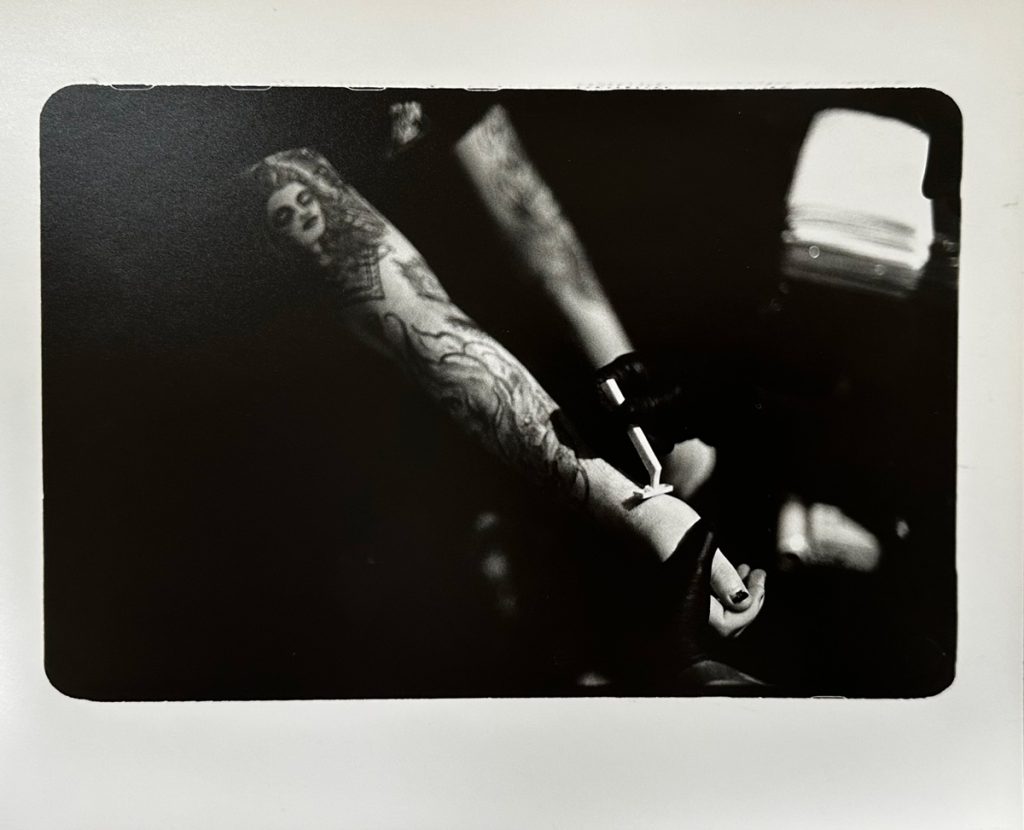
I love the metaphor
The ring light is a really harsh form of lighting and only illuminates what is in its range. I love the metaphor of us only being able to see what’s in the light in front of us but what’s outside the light falls into darkness and wanted to incorporate some of that into the print without sacrificing any details.
I chose to print this body of work keeping definition in the shadows, while still letting the darkness creep in. That meant burning in a lot of the highlights. Most of the skin that I was trying to show the tattoos on was too light and, since the extremes of light and shadow were the intention of the work, I had to figure out a way to burn in tiny areas at a time individually while having a lot of control over what areas got what amount of light. I burned in 5 second increments with the enlarger lens stopped all the way down to F16, to let in a small amount of light at a time. Then I used a board that would block the rest of the print and made a tiny pinhole in it.
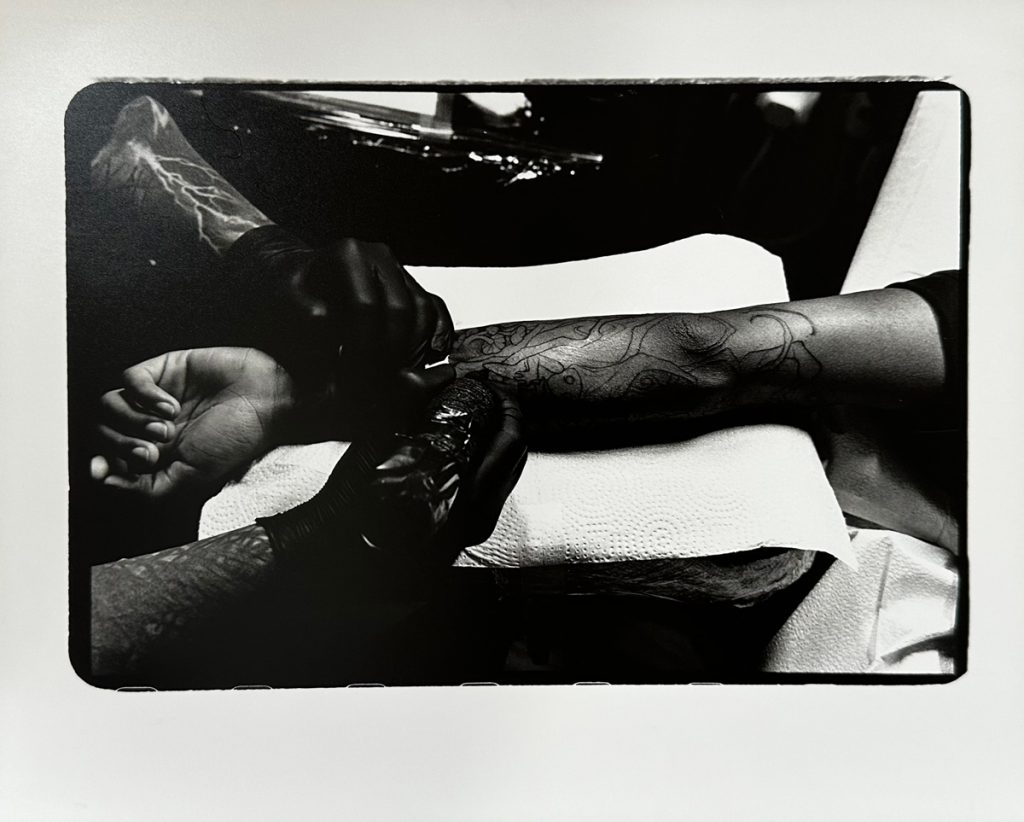
Burning In
After I exposed the initial print correctly, it's time to burn. I position the pinhole over the area I wanted to burn and move it up and down. Using 5 second imcrements, I found some areas required just one or two 'burns'. However, if the body part was underneath the ring light, that Sergei uses for tattooing. then it might have required 4 or 5 additional increments of 5 seconds.
Occasionally, I had to adjust the aperture on the enlarger to f11 to give more light. It was so important to me to capture the beauty of these tattoos and the tattooing process, I didn't want to lose any details. From the wrinkles in the black gloves, to the smallest black ink line on skin, I had to make sure it was visible on the print.
On one print I burned in 6 different areas all at different lengths of time and with different light adjustments to the enlarger. I also used some spot tone on a few prints to make sure that the tiny water spots I saw were invisible on the final print.
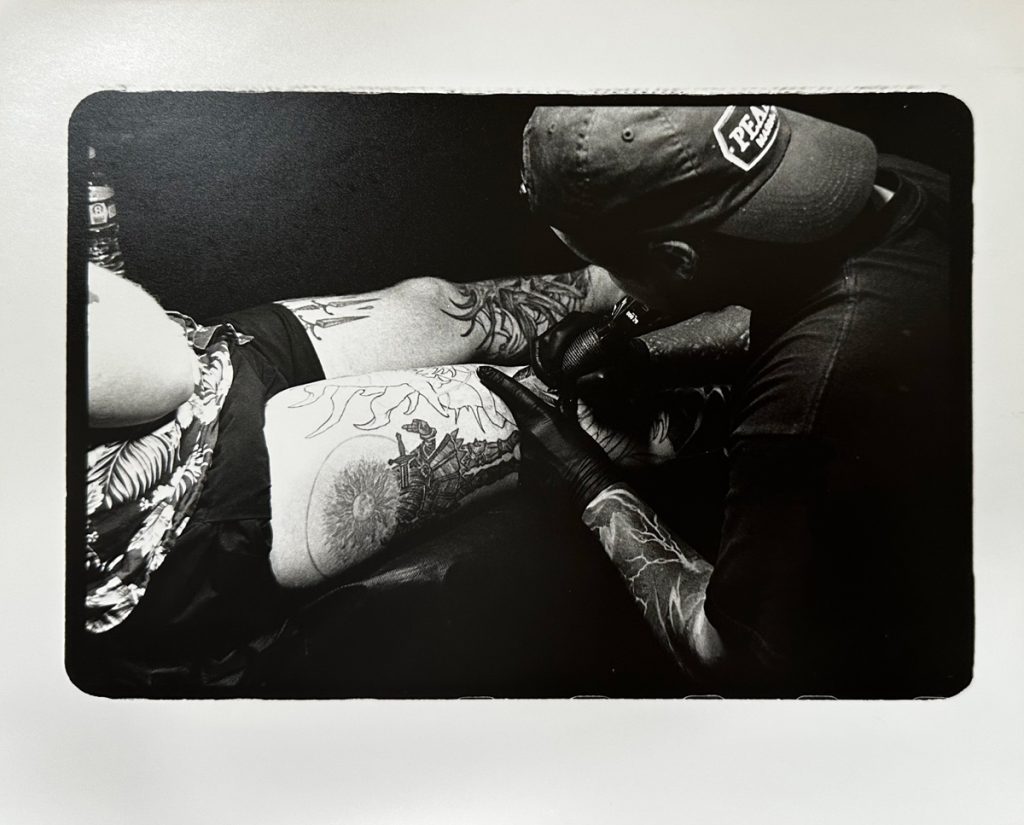
I think yes
At the end of every project, I try to assess what originally drew me to the body of work. In this case, have I reached my goal of the project being able to show how beautiful light and shadow is in the setting of the tattoo shop? Have I complimented that with printing? Choosing to print with high contrast that shows the light and shadow that was present while I was shooting. Did I show how it hits the bodies involved, and the intricate but haunting designs drawn by Sergei? Have I replicated that in silver gelatin prints? I think yes. I am really happy with how the project came out but..... The darkroom is a siren and anyone who works there knows it always calls us back for 'one more try'.
Images ©Jess Martineau
About The Author

Jess Martineau
Jess Martineau is a black and white film photographer, darkroom printer and part-time teacher who lives in Salem, Massachusetts.
You can find and follow her on Instagram @maplesugarwitch

